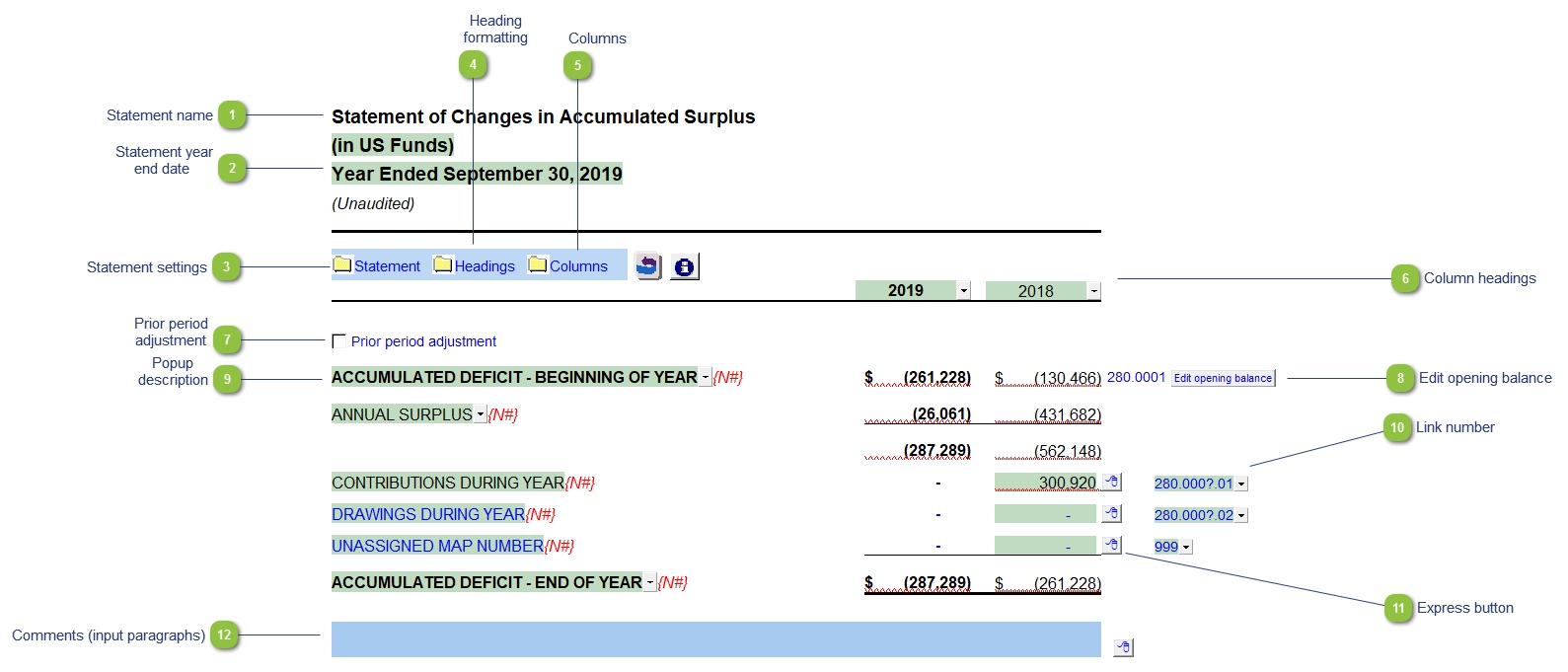Home>Finance>Tangible Net Worth: Definition, Meaning, Formula & Calculation


Finance
Tangible Net Worth: Definition, Meaning, Formula & Calculation
Published: February 6, 2024
Learn the definition, meaning, formula, and calculation of tangible net worth in finance. Understand how it impacts your financial health and decision-making.
(Many of the links in this article redirect to a specific reviewed product. Your purchase of these products through affiliate links helps to generate commission for LiveWell, at no extra cost. Learn more)
Tangible Net Worth: Definition, Meaning, Formula & Calculation
Managing your finances is a crucial aspect of any individual or business. It involves various financial metrics and one term that often comes up in discussions is “tangible net worth.” But what exactly does it mean and how is it calculated? In this blog post, we will provide you with a comprehensive understanding of tangible net worth, its significance, and the formula to calculate it.
Key Takeaways:
- Tangible net worth represents the value of your assets after deducting liabilities and intangible assets.
- Calculating tangible net worth helps in assessing the financial health and stability of an individual or business.
Tangible net worth is a financial metric that takes into account the tangible assets owned by an individual or business. It provides a clearer picture of the actual value of the assets by deducting liabilities and intangible assets. By focusing on tangible assets, it eliminates intangible assets such as patents, trademarks, and goodwill, which may not have a direct impact on the financial standing of an entity.
The formula to calculate tangible net worth is:
Tangible Net Worth = Total Assets – Total Liabilities – Intangible Assets
Let’s break down the formula to better understand the components:
- Total Assets: This includes all the tangible assets owned by an individual or business, such as cash, real estate, vehicles, equipment, and inventory.
- Total Liabilities: These are the debts or obligations owed by an individual or business, including loans, credit card debt, mortgages, and other liabilities.
- Intangible Assets: These are non-physical assets that cannot be directly valued or sold, such as patents, copyrights, trademarks, and goodwill.
Once you have gathered the necessary information about your assets, liabilities, and intangible assets, you can plug the figures into the formula and calculate your tangible net worth.
Understanding your tangible net worth is essential for various reasons:
- Financial Assessment: By calculating tangible net worth, you can assess your financial health and stability. Understanding the real value of your assets and analyzing the impact of liabilities allows you to make informed decisions regarding investments, debt management, and overall financial planning.
- Loan Applications: Lenders often consider tangible net worth as an important factor when evaluating loan applications. It indicates the borrower’s ability to repay the loan and acts as a measure of financial strength.
In conclusion, tangible net worth is an essential metric in assessing financial health and stability. By calculating this value, you can get a clearer understanding of your financial position, make better financial decisions, and present a stronger case for loan applications. Remember to regularly update your calculations as your financial situation changes.














